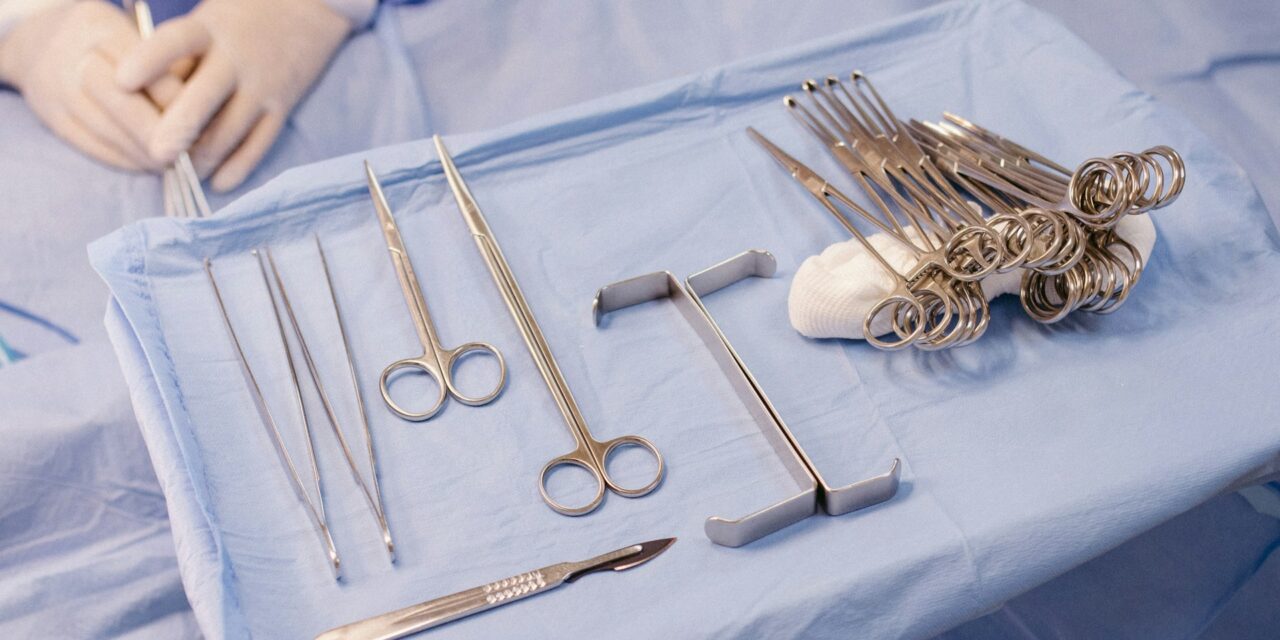In the last few decades, improvements in the design of surgical tools have totally changed the way surgeries are done. Surgeons are redesigning tools used in open and minimally invasive surgeries to make them more accurate, efficient, and safe. Using technology can lessen the shock of surgery, speed up recuperation, and improve results.
Surgical retractors are a revolutionary new tool that makes it possible to do complicated surgeries. Retractors now have self-retaining features, lighter materials, and frameworks that may be changed. These changes make the operating room more flexible and give surgeons more control, which makes the patient safer.
1. Ergonomics to Make Surgeons More Comfortable
One of the biggest improvements in the design of scientific equipment is the move toward tools that are easier on the body. Surgeons and surgical helpers might get worn out, overworked, and even hurt themselves during long surgeries. New designs consider how heavy the instrument is, how the hand is positioned, and how comfortable it is to hold. This prevents damage from repetitive stress and makes surgical treatments more focused and accurate.
2. Parts That Can Be Changed and Added to
Nowadays, many surgical tools are modular, which means that they may be built and changed for each patient. Such versatility can help orthopaedics and neurosurgery, which work with many different types of tissue at different depths and angles. By using adjustable tools, surgeons can work more efficiently and reduce tool switching.
3. Combining Materials That Are Both Light and Strong
Stainless steel traditional instruments are strong and long-lasting, even if they are heavy. Modern instruments use a variety of composite materials, such as carbon fibre, titanium, and sophisticated polymers. These materials are strong and light, which makes them easier for surgeons to work with and less tiring. Tractors can take advantage of these advantages when doing long tasks that require much agility and control.
4. Better Access and Visual Perception
Surgical visibility is currently a major focus in instrument design. This is especially important for treating narrow or deep holes. Some of the tools available come with lights, while others work with cameras or endoscopes. Using thinner and more flexible retractors makes it easier to see without putting the tissue at risk of becoming unstable.
5. Make Minimal Aggressive Compatibility Your Top Priority
As minimally invasive surgery becomes more common, we need to make tools that can work in small spaces and with little cuts. More laparoscopic and robotic tools are being made, as well as smaller versions of traditional surgical tools. Because of these technologies, doctors can now undertake complicated procedures through tiny holes. This makes the results seem better and speeds up the recovery process.
Different Views On The Future Of Surgical Performance
The demand for better surgical tools, new technology, and surgeon feedback all help improve them. Several different types of surgical retractors and other tools are continually improving. Research and development will change the future of surgery by making surgical tools smarter, safer, and more responsive.






